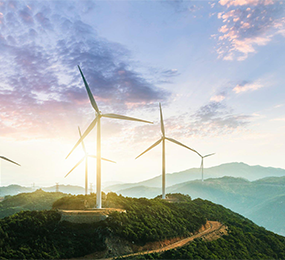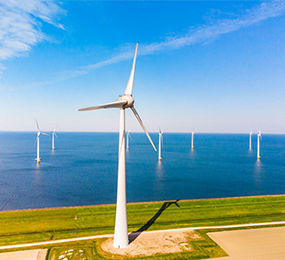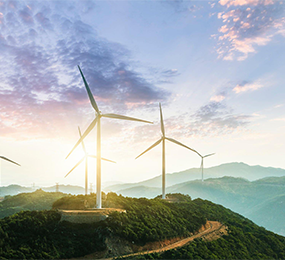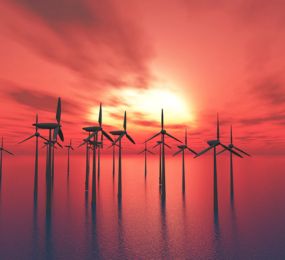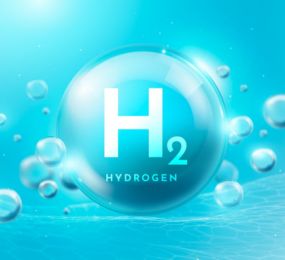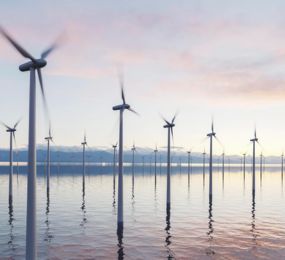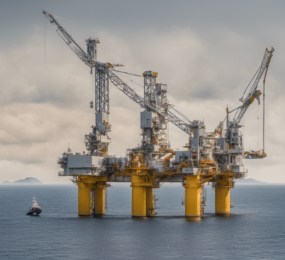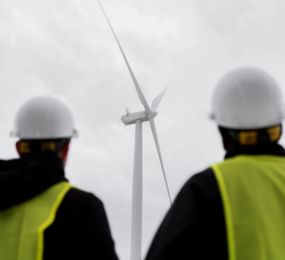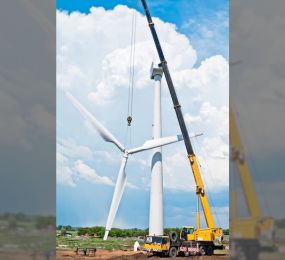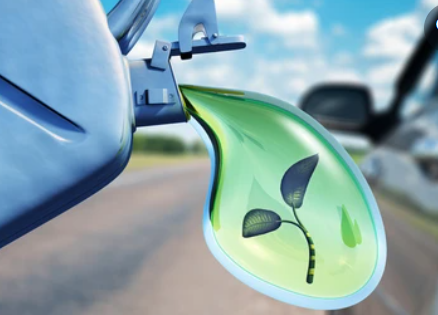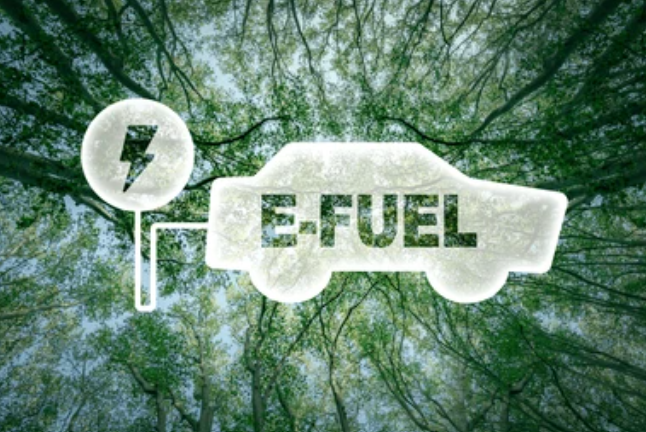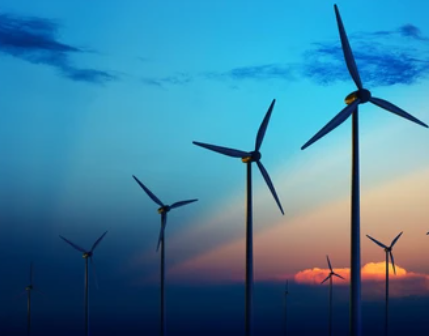The Future of Fixed-bottom and Floating Wind Operations & Maintenance
Developing an effective O&M model takes a significant amount of time, money, and skill. Fixed-bottom wind (FBW) and floating offshore wind (FOW) have comparable operational characteristics, with the primary variations being in maintenance procedures, particularly for significant repair scenarios. The use of a floating substructure rather than a fixed-bottom foundation allows for the development of a novel heavy-lift maintenance plan.
Inputs for Operations and Maintenance (O&M) Modeling
Existing offshore wind O&M models and technologies use a combination of risk analysis, uncertainty analysis, and reliability engineering to predict the link between availability, maintenance methods, and operational costs while accounting for weather variability. In this section, the inputs for these models are divided into five categories: met-ocean weather, failure rates, vessel data, resources, and general operational expenses. For FOW applications, aspects such as operating expenses require just changes to the inputs, whilst others necessitate more extensive changes to the modeling logic. Once established, such technologies enable accurate long-term logistical planning, asset availability forecasts, and project lifetime cost estimation.
Module of Failure
Wind turbines in the offshore wind sector are growing in size year after year in order to increase energy capture and minimize energy costs. This trend is projected to continue with the deployment of FOW, with turbines rated as high as 15MW being deployed in the future years. The time necessary to complete a maintenance work is likely to vary depending on the chosen maintenance approach (e.g., in-situ or portside). Because of the severe offshore circumstances and the associated dynamic movements of the floater, an in-situ major component replacement is expected to take substantially longer than portside maintenance, which is handled in a more controlled environment.
Weather conditions
Because of the far offshore nature of FOW deployment, met-ocean conditions are likely to be harsher and more variable than at an equal FBW location.
When compared to a standard fixed bottom wind turbine FBW turbine, the flexible nature of a FOW turbine substructure incurs substantially higher dynamic reactions since the substructure is not rigidly linked to the seafloor in any of the 6 degrees of freedom. On-site floating-to-floating repairs will necessitate the use of specialist heavy-lift boats (HLVs). Significant multibody interactions are envisaged between the floating substructure and the maintenance vessel. In these instances, the hydrodynamic interactions caused by the turbine and repair vessel's closeness have a major influence on the hydrodynamic loads, movements, and responses of each floating body.
The weather parameters that are generally used to determine weather windows and accessibility for FBW maintenance operations are no longer suitable for FOW, and may require revisions that take into account the dynamic motion response of the floating structure.
Vessels for Maintenance
The crew transport vessel (CTV), service operation vessel (SOV), and jack-up vessel are the vessels most typically utilized for FBW turbine maintenance (JUV). CTVs and SOVs are often utilized for simple repairs, but the JUV is employed for heavy-lift component maintenance, such as blade or gearbox replacements. To simulate a repair process, data for weather restrictions, mobilization timeframes, availability, and charter rate charges are necessary for each of the required boats. Individual significant wave height and wind speed restrictions for different vessel types, as well as local met-ocean conditions, are utilized to assess a site's accessibility.
Visit our website to know more: https://www.leadventgrp.com/events/3rd-annual-floating-wind-europe/details
Register for the forum and also add a schedule to your calendar.
For more information and group participation, contact us: [email protected]
Leadvent Group - Industry Leading Events for Business Leaders!
www.leadventgrp.com | [email protected]


